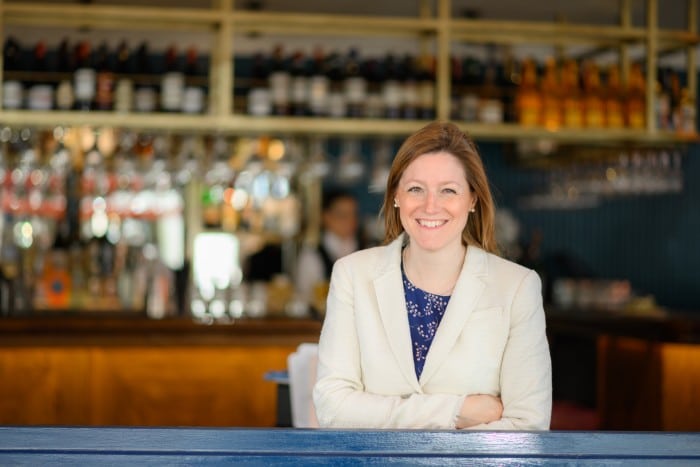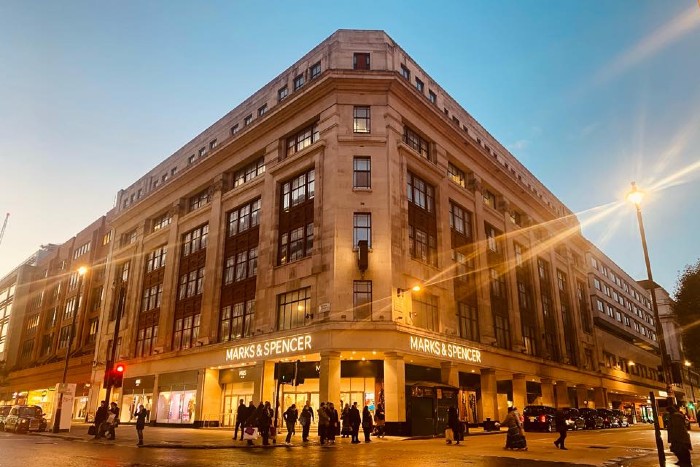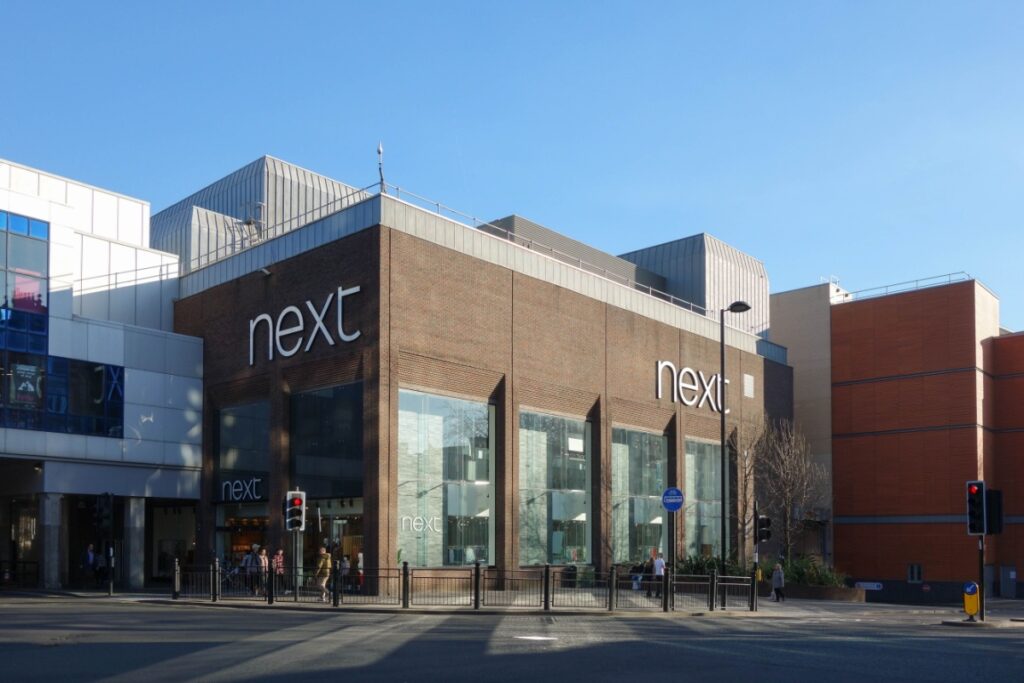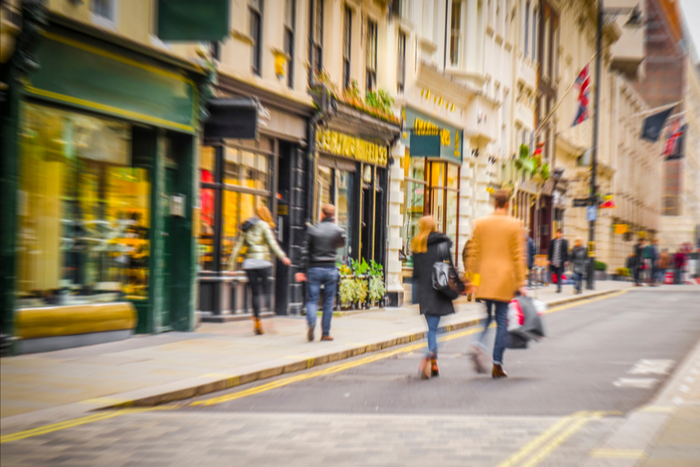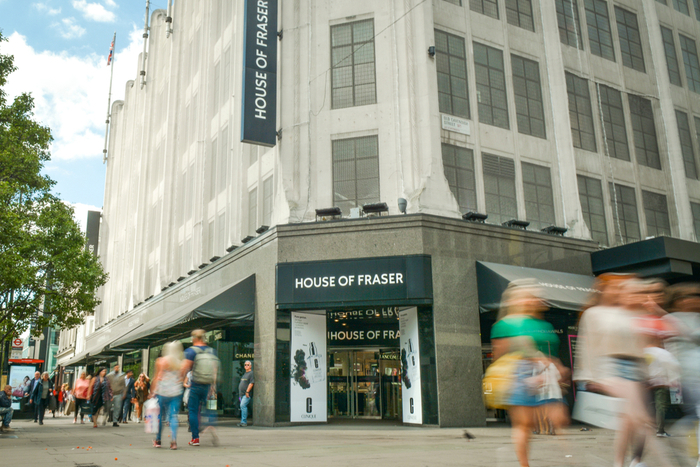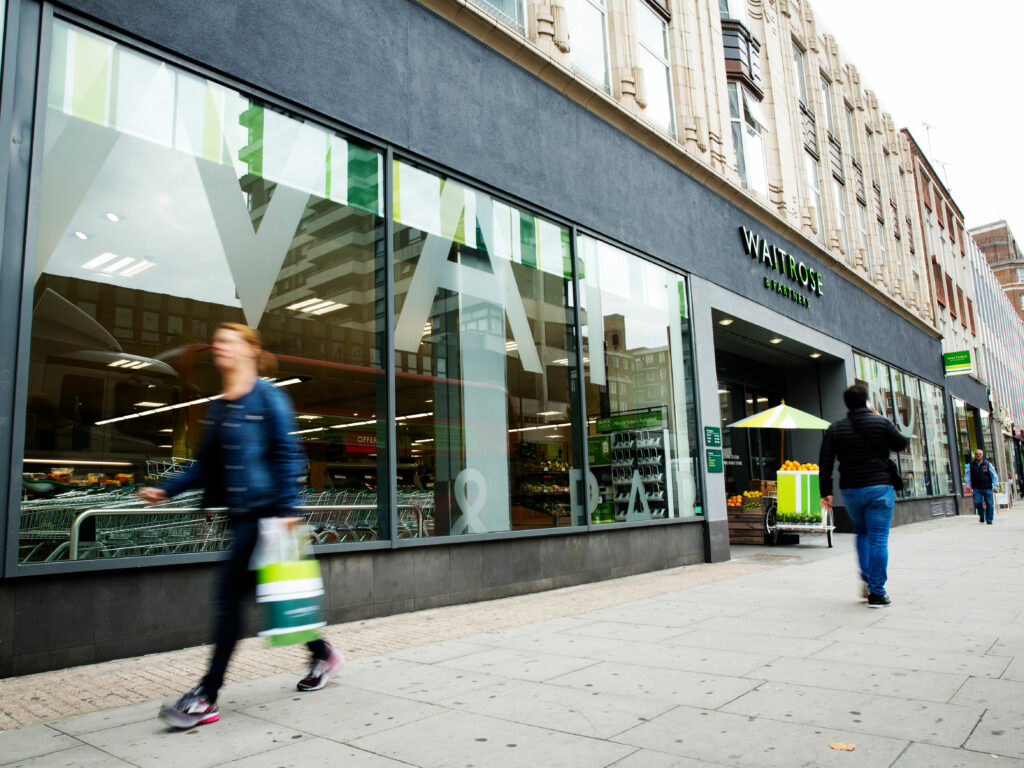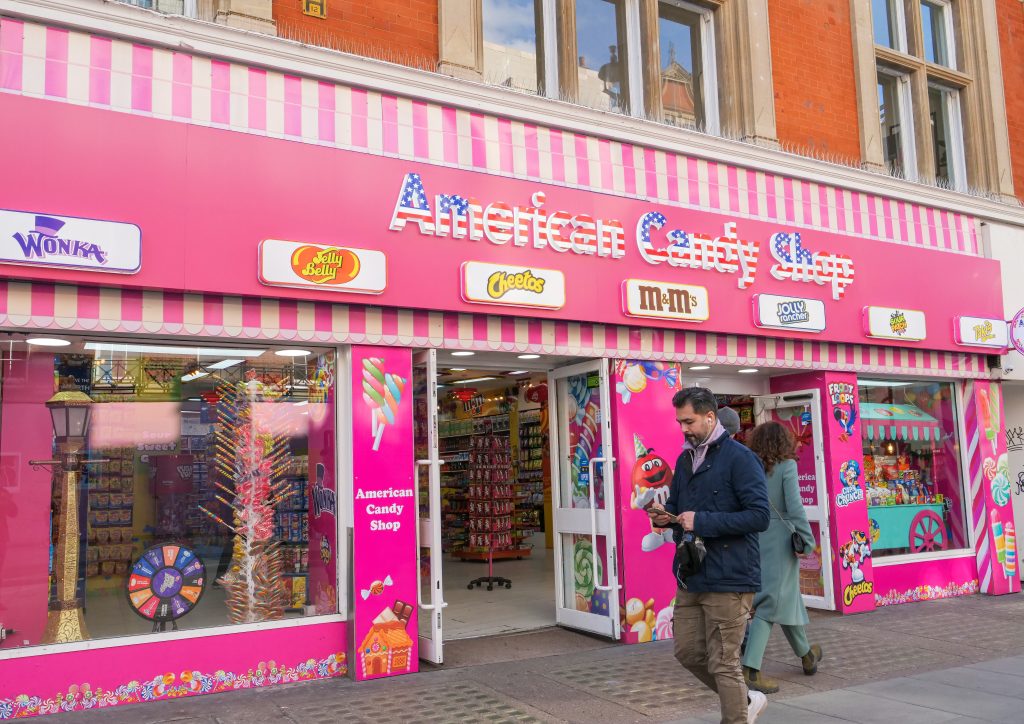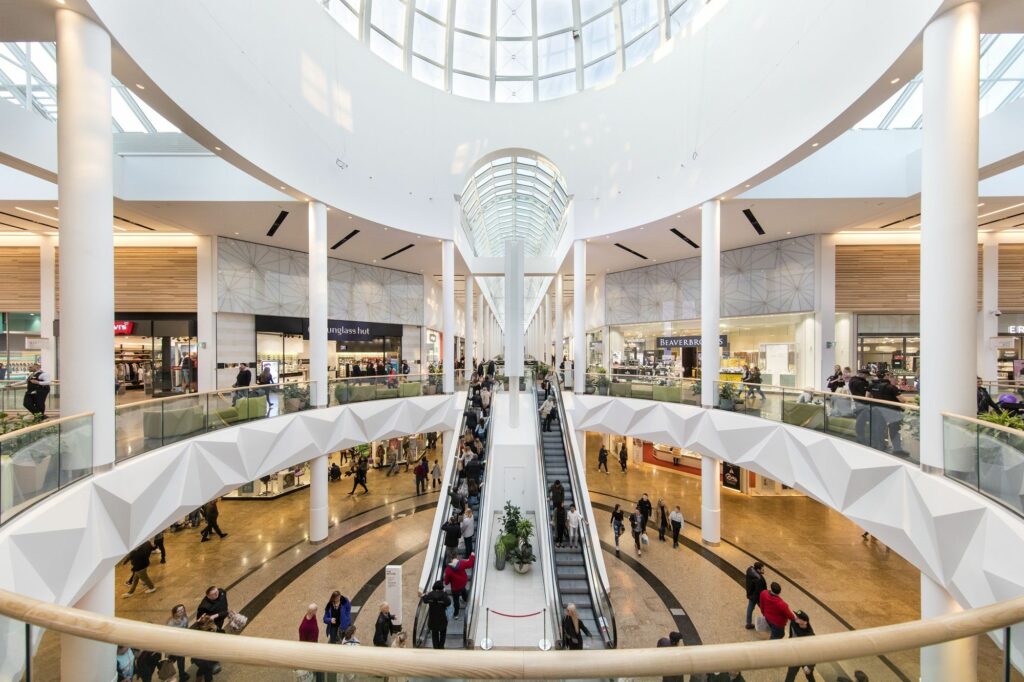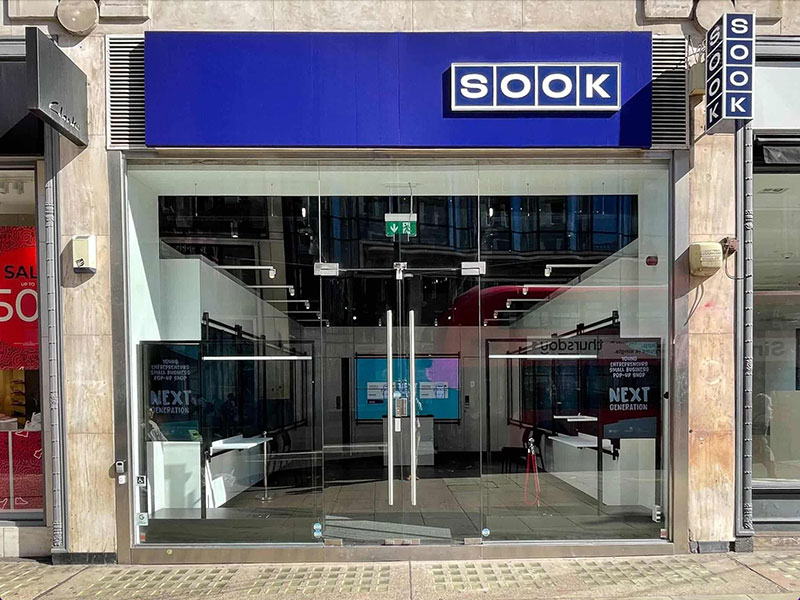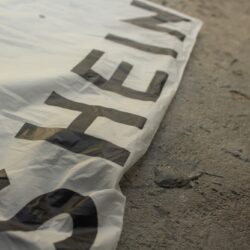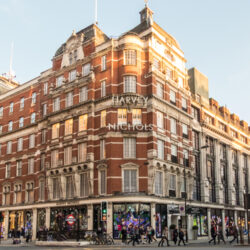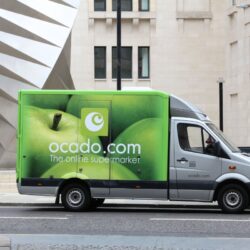Tell me a bit about the Howard de Walden story.
The Howard de Walden Estate dates back to 1715 when Edward Harley, 2nd Earl of Oxford, began the development of London’s Cavendish Square and the streets around it. The project accelerated under Lord and Lady Oxford’s daughter, Margaret Cavendish Harley, who married the second Duke of Portland. This was established as the Portland Estate.
The Portland Estate flourished for five generations until 1879 when the death of the fifth Duke, who had no children, saw the land pass to his sister, Lucy Joan Bentinck, widow of the 6th Baron Howard de Walden.
And so The Portland Estate became The Howard de Walden Estate, with subsequent development shaping the 92 acres of Marylebone that the estate encompasses today.
Is it just in Marylebone?
Our properties are exclusively in Marylebone. The estate extends from Marylebone Road in the north to Wigmore Street in the south and from Hallam Street in the east to Marylebone High Street in the west. On our western boundary is The Portman Estate with whom we have a very good relationship, and are our partner for the Marylebone Food Festival which draws thousands of visitors to the area.
Describe your role and responsibilities at the estate?
I oversee the retail and leisure leasing across the estate and the strategy and configuration of the offer. My day-day duties see me managing lease renewals, engaging with both potential new retailers and existing ones, and ensuring the smooth running of day-to-day trading.
How has it been since you joined the estate just over six months ago?
It’s been truly great. I was appointed as the estate’s first dedicated in-house retail and leisure specialist, which was a real honour and demonstrates a strong commitment from the Howard de Walden Estate to continue to build upon the Marylebone shopping experience. My central focus is Marylebone High Street and the streets that connect to it such as Marylebone Lane. We have close to 200 shops, restaurants, bars and cafes, and are constantly looking for opportunities to improve the offer.
“We are a huge advocate of pop-up stores”
We want to build strong relationships with our occupiers, and much of my time since I’ve joined has been spent on getting to know our occupiers. It’s important to establish a dialogue especially when retail and leisure are going through a time of great change.
What gap in UK retail does the Howard de Walden Estate business strive to address?
We are a huge advocate of pop-up stores to help brands assess whether they are right for Marylebone Village.
Most recently, we’ve had Italian menswear brand Luca Faloni take a permanent store after a successful pop-up run.
Luxury cashmere brand, Chinti & Parker, has just opened a pop-up on the high street, and New York-based fashion designer Misha Nonoo is doing likewise in Marylebone Lane – that’s a great example of an online brand beginning to explore the potential of a physical trading presence.
It’s a very effective way for brands to try new concepts and it also means there’s a freshness to our retail offer.
How is estate addressing some of the challenges facing the retail industry as a whole?
We try to create experiences that you can’t get online. We believe it’s about more than great places to shop, eat and drink, but also about curating a retail offer that brings excitement, excellence and freshness, for the better of the community and visitors.
The Marylebone Village mix is of the upmost importance to us. We serve three main groups: the resident population living in Marylebone; the thousands of workers in the area; and the visitors. You have to think exactly what they might want and deliver it, sometimes before they even know they do. A newsagent is just as important to us as a Michelin-starred restaurant as both contribute to the overall mix.
“We try to create experiences that you can’t get online”
And if you want people to come and shop you have to make the environment as pleasant as possible. We’ve funded pavement widening, traffic calming and also promoted initiatives to improve air quality. We’ve made the area much more pedestrian-friendly so that people want to stay longer and spend more in the shops and places to eat and drink.
What’s in store for the Howard de Walden Estate for the rest of 2019?
We want to continue to attract best-in-class retail, leisure and food occupiers. The past year has seen brands like Koibird, Bonnet à Pompon, Luca Faloni, John Smedley and Peloton set up shop on the estate. Within that group you have a kidswear brand, an exotic travel concept store, a new cycle fitness offer and a “Best of British” knitwear brand. We want to attract an eclectic but always interesting mix. They’re brands that bring with them quality, energy and variety.
We have our Marylebone Summer Festival taking place June 15-16 in support of Greenhouse Sports Charity. The festival has been growing and evolving since it started 16 years ago and this year there will be around 140 stalls, 25 bands/musical performers, and an estimated attendance of 30,000 people will attend.
What would you say is the biggest risk for the retail sector, given the current climate?
I’d say it’s being complacent. You’ve got to be willing and able to change and adapt in the current retail climate in order to survive. There’s a real opportunity out there to reach an audience who are better connected and more engaged than ever before. By implementing innovative methods for the consumer to engage with a product, you can create genuine, and heartfelt experiences that customers will want to be present physically for, as opposed to just via online.
Tell us a bit about yourself and your background.
I grew up in Northumberland before studying geography & cities at the University of Durham, where I later also completed a masters in real estate management. My career began at the niche retail agency, Green & Partners, and before I moved to the Howard de Walden Estate I was director of the central London retail and leisure team at JLL.
“You’ve got to be willing and able to change and adapt in the current retail climate in order to survive”
What got you into retail in the first place?
I guess my interest began at school through geography, I found human geography interesting and was intrigued by the urban landscape – combine this with the enjoyment of shopping and you have a retail surveyor in the making.
How has your previous experience aided your current job?
At JLL I was fortunate to spend five years advising Shaftesbury on lease advisory matters in respect of their Seven Dials estate. Their considered approach to tenant mix and consistent portfolio valuation was fantastic experience, giving me a deeper insight into the workings of another prime London estate. I was also very fortunate to advise MatchesFashion, who I continue to have a good relationship with as an important retailer on Howard de Walden Estate.
What is the most challenging aspect of your job?
The current economic and political climate is challenging for everyone, and it is important that we are responding to the rapidly changing market in an intelligent and agile way. We understand that social media is increasingly crucial and we are looking at ways of investing in this area.
And the most rewarding?
Meeting and engaging with the superb retailers we have across Marylebone Village. It’s a great community to be part of, and I particularly enjoy finding a new retailer who I think will be a good addition to our offer. It’s an exciting process.
What advice would you give someone who is considering embarking on a career in retail?
Always try to develop good business contacts wherever you can. Networking is so important in every area of business. Also, you can’t underestimate the value of work experience and approaching the type of business in retail that you’d like to work for.
Click here to sign up to Retail Gazette‘s free daily email newsletter

